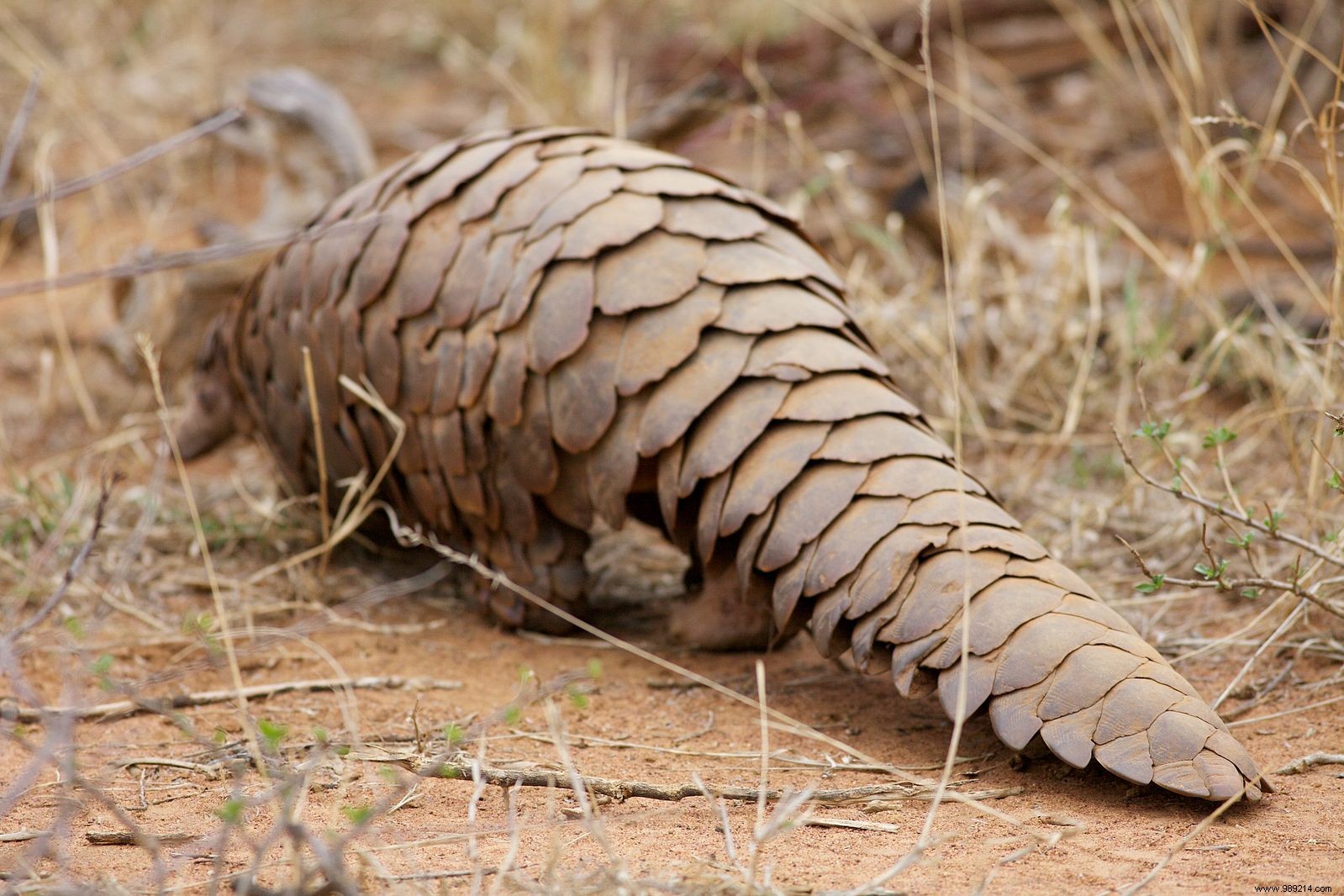Pangolins are natural hosts of coronaviruses. However, there is no evidence that they mediated the transmission of SARS-CoV-2 in humans.
Recent studies have shown that bats may be the main reservoir of SARS-CoV-2, responsible for the Covid-19 pandemic. On the other hand, in these winged mammals, the virus does not have receptors allowing it to “attach” to a human host. In other words, to infect humans, SARS-CoV-2 necessarily had to go through an intermediate species. But which ? If we want to effectively control the disease and prevent further outbreaks , it will be essential to answer this question.
For the past few weeks, attention has been focused on pangolins. And for good reason, hunted for their scales, which according to practitioners of traditional medicine have certain health benefits, these animals have been for several decades, and despite themselves, in close contact with humans. Nevertheless, did they really play the middleman?
A study published at the end of March in the journal Nature involved samples taken from 18 Malayan pangolins. The latter come from anti-smuggling operations in southern China between August 2017 and January 2018. However, these samples revealed the presence of coronaviruses linked to SARS-CoV-2 in five of them.
The degree of similarity was not sufficient to confirm that pangolins were directly involved in the transmission of SARS-CoV-2 to humans. A new genetic analysis conducted by researchers at the Guangdong Institute of Applied Biological Resources (China) seems to point in the same direction.

This work appears in the journal PLOS Pathogens . The researchers there analyzed the genome of a coronavirus identified in three sick Malayan pangolins. The latter had been rescued by the Guangdong Wildlife Rescue Center after being smuggled into the Chinese black market. Following this, they had unfortunately succumbed to their illness.
That being said, the results of this study again show that the pathogen is genetically similar to SARS-CoV-2 , as well as another group of coronaviruses identified in bats (BatCoV-RaTG13), but that it is probably not its precursor.
The resulting genome had 90.32% sequence similarity to SARS-CoV-2. It was 90.24% with the BatCoV-RaTG13 coronavirus found in the bat species Rhinolophus affinis. This is still the closest known to SARS-CoV-2, with a match of 96.18%.
This study therefore does not support the idea that pangolins are the intermediate hosts responsible for the emergence of SARS-CoV-2. On the other hand, it is possible that other coronaviruses with unknown infectious potential circulate in these animals which are naturally carriers.
Source